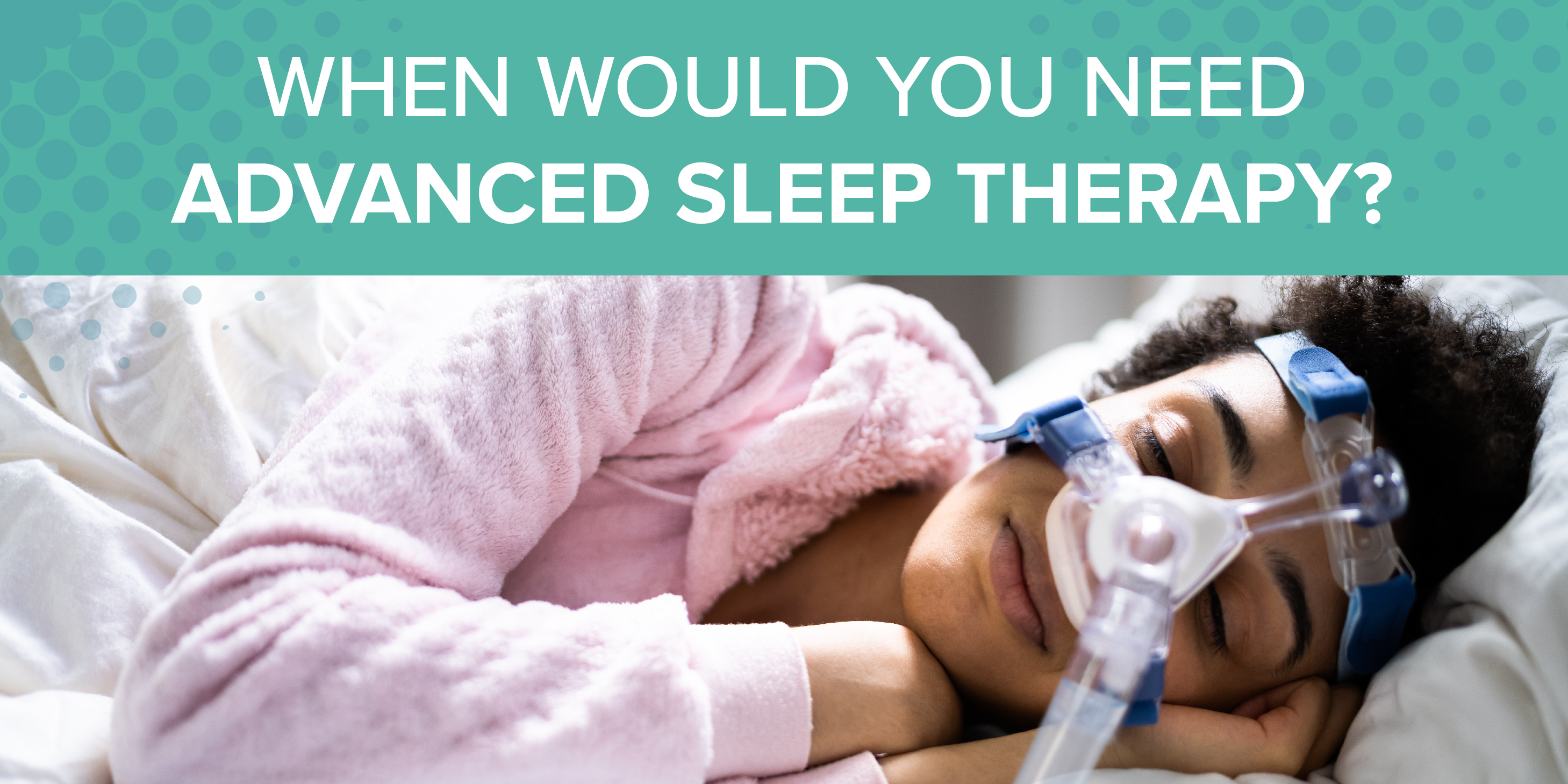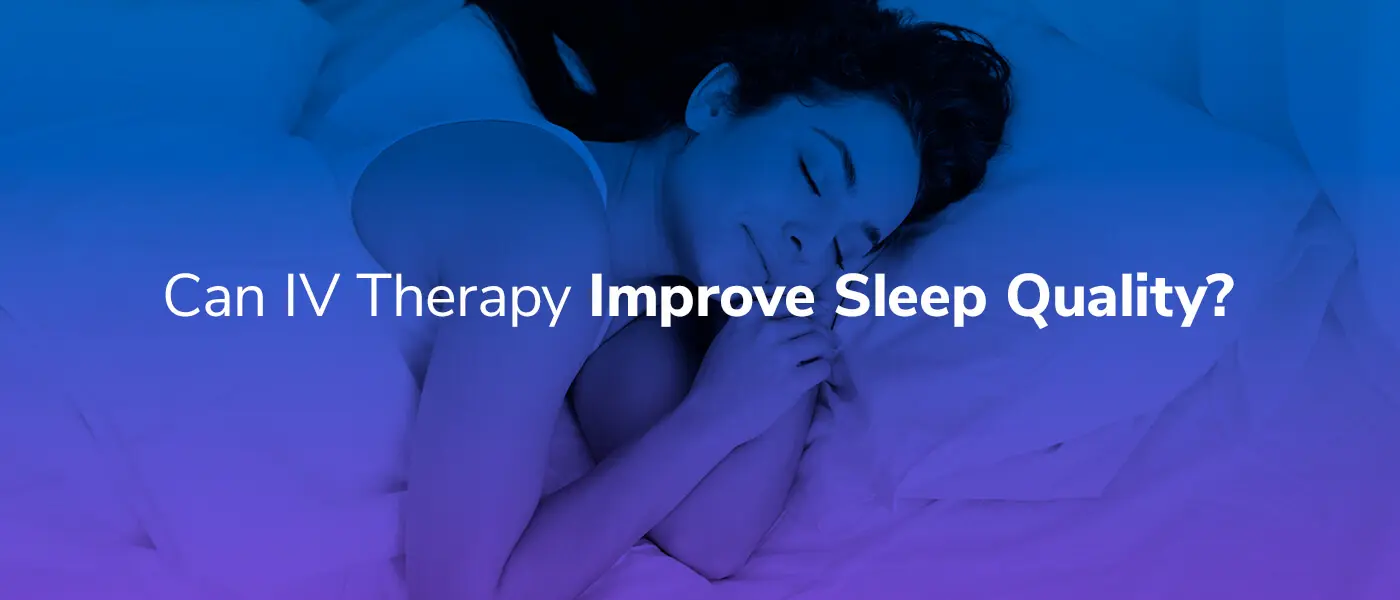Cognitive Behavioral Therapy for Insomnia (CBT-I) - Proven Techniques
Cognitive Behavioral Therapy for Insomnia (CBT-I) - Proven Techniques
Blog Article
Reliable Treatment Solutions for Handling Rest Disorders and Enhancing Peaceful Rest
In the realm of healthcare, the management of rest conditions and the quest for relaxed rest are pivotal parts of total wellness. As we browse the complex landscape of sleep conditions and look for to enhance our rest experience, a much deeper understanding of these treatment remedies may hold the key to opening an extra refreshing and satisfying restorative trip.
Cognitive Behavior Modification for Sleeping Disorders (CBT-I)
Cognitive Behavior Modification for Sleep Problems (CBT-I) is a structured, evidence-based treatment method that focuses on addressing the underlying elements adding to rest disturbances. This type of therapy aims to modify behaviors and thoughts that exacerbate sleeplessness, ultimately advertising healthy and balanced rest patterns. CBT-I commonly entails a number of vital components, consisting of cognitive treatment, rest constraint, stimulation control, and rest hygiene education and learning.
Cognitive therapy aids individuals recognize and transform adverse thought patterns and ideas concerning rest that may be impeding their capability to fall or stay asleep. Sleep constraint entails restricting the amount of time invested in bed to match the person's actual sleep period, therefore increasing rest effectiveness (insomnia counseling). Stimulation control techniques aid establish a strong organization in between the bed and sleep by urging individuals to head to bed just when drowsy and to prevent taking part in promoting activities in bed
In addition, sleep hygiene education concentrates on establishing healthy sleep practices, such as maintaining a regular rest timetable, developing a relaxing bedtime regimen, and optimizing the rest setting. By dealing with these elements thoroughly, CBT-I provides an efficient non-pharmacological intervention for taking care of sleeplessness and boosting overall sleep top quality.
Rest Health Practices
Having established the structure of cognitive restructuring and behavioral modifications in addressing insomnia through Cognitive Behavior modification for Sleeping Disorders (CBT-I), the focus now moves towards exploring necessary Rest Health Practices for keeping optimal rest top quality and total well-being.
Sleep hygiene methods incorporate a range of habits and ecological aspects that can substantially affect one's capability to drop off to sleep and stay asleep throughout the evening. Consistent rest and wake times, developing a relaxing going to bed regimen, and optimizing the sleep environment by keeping it dark, peaceful, and cool are essential parts of great sleep health. Limiting exposure to screens prior to going to bed, avoiding stimulants like caffeine close to going to bed, and participating in normal physical activity throughout the day can also promote better sleep high quality.
Additionally, exercising relaxation methods such as deep breathing workouts or meditation before bed can aid relax the mind and prepare the body for rest. By integrating these sleep hygiene practices right into one's day-to-day routine, people can establish a healthy rest pattern that supports restful rest and general health.
Leisure Strategies and Mindfulness
Executing leisure techniques and mindfulness practices can play a critical role in cultivating a sense of calmness and promoting quality rest. insomnia therapy. These methods intend to peaceful the mind, decrease anxiety, and develop an optimum environment for restful sleep. One widely exercised technique is deep breathing exercises, where people focus on sluggish, deep breaths to loosen up the body and mind. Modern muscular tissue leisure involves tensing and after that her comment is here launching each muscle group, advertising physical leisure. Additionally, assisted imagery can assist move individuals to a relaxed place in their minds, aiding in stress and anxiety decrease and improving rest top quality.
By incorporating these techniques right into a bedtime routine, people can signify to their bodies that it is time to unwind and prepare for rest. Generally, integrating relaxation strategies and mindfulness practices can considerably add to taking care of sleep disorders and enhancing overall rest top quality.

Medication Options for Sleep Disorders
After discovering relaxation methods and mindfulness techniques as non-pharmacological interventions for enhancing rest high quality, it is necessary to think about medication alternatives for people with sleep problems. In instances where lifestyle changes and therapy do not give enough alleviation, medication can be a useful device in managing sleep disruptions.
Generally prescribed medications for rest conditions include benzodiazepines, non-benzodiazepine hypnotics, antidepressants, and melatonin receptor agonists. Antidepressants, such as trazodone, can be useful for people with co-occurring clinical depression and rest disturbances - insomnia specialist.
It is crucial for people to speak with a doctor to identify one of the most proper medication option based upon their details sleep problem and clinical history.
Light Treatment for Body Clock Guideline
Light therapy, likewise called phototherapy, is a non-invasive therapy technique used to manage body clocks and enhance sleep-wake cycles. This treatment entails exposure to intense light that resembles natural sunshine, which Continue helps to reset the body's biological rhythm. By subjecting people to particular wavelengths of light, normally in the early morning or evening depending on the desired result, light treatment can successfully adjust the circadian rhythm to advertise wakefulness throughout the day and boost relaxed rest at night.
Research study has actually revealed that light therapy can be especially beneficial for people with circadian rhythm disorders, such as postponed rest stage disorder or jet lag. It can additionally be helpful for those experiencing seasonal depression (SAD), a kind of clinical depression that normally happens throughout the cold weather when natural light exposure is decreased. Light treatment is normally well-tolerated and can be used together with other therapy approaches for rest disorders to enhance outcomes and improve general rest top quality.
Conclusion
In final thought, efficient therapy remedies for managing sleep problems and improving restful sleep consist of Cognitive Behavior modification for Sleeplessness (CBT-I), sleep health methods, relaxation methods and mindfulness, medication options, and light therapy for circadian rhythm policy. These approaches can help people improve their sleep top quality and overall health. It is important to talk to a health care copyright to identify one of the most suitable technique for addressing rest problems.
As we browse the detailed landscape of rest problems and look for to improve our rest experience, a deeper understanding of these treatment options might hold the key to unlocking a more rejuvenating and satisfying corrective journey.
Rest constraint involves limiting the quantity of time spent in bed to match the person's real rest period, thereby raising sleep effectiveness. Regular sleep and wake times, creating a relaxing going to bed routine, you can try here and maximizing the sleep atmosphere by maintaining it dark, quiet, and cool are crucial elements of good rest hygiene. Light treatment is generally well-tolerated and can be utilized in conjunction with various other treatment approaches for rest disorders to maximize end results and boost overall rest top quality.

Report this page